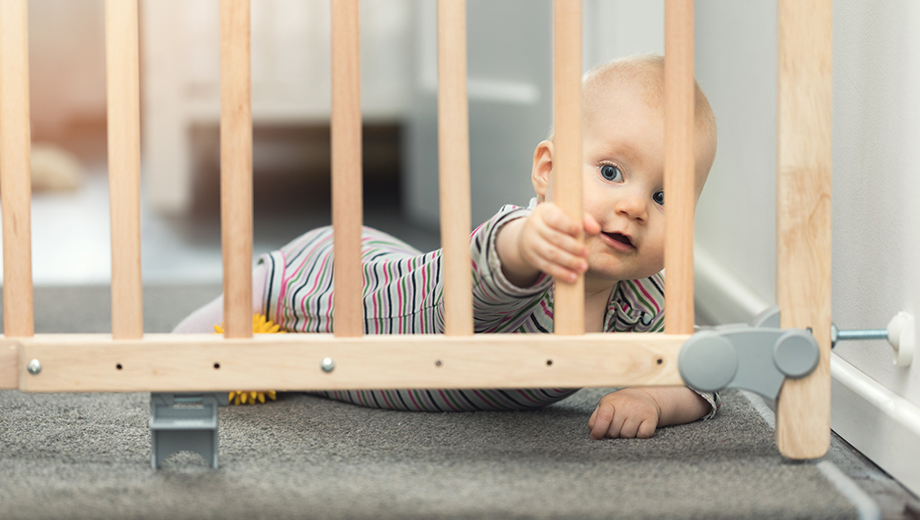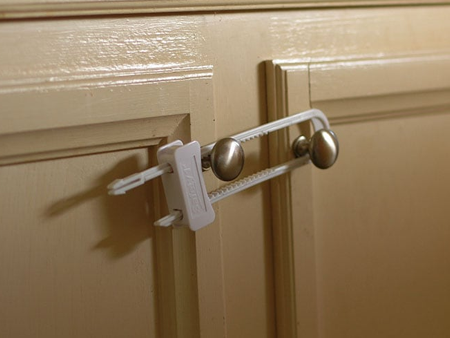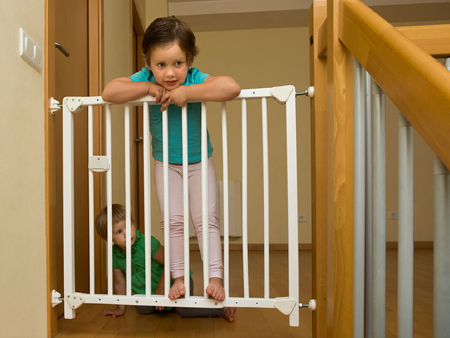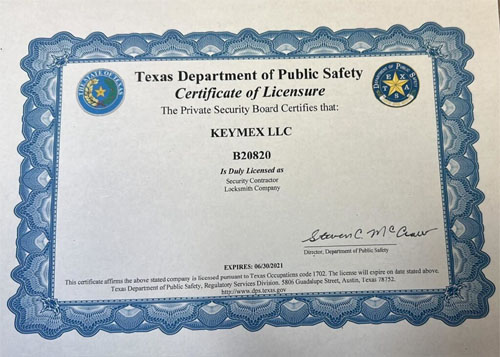Ensuring Child Safety at Home: Practical Tips for Parents

As parents, our primary concern is the safety and well-being of our children. In today’s fast-paced world, it’s easy to overlook potential hazards within the sanctuary of our own homes. One critical aspect of child safety is ensuring that our homes are equipped with proper locks and safety measures to prevent accidents and mishaps. In this blog, we’ll explore some essential tips for parents to enhance child safety through effective use of locks and other preventive measures.
 Install Childproof Locks: Childproof locks are indispensable when it comes to keeping curious little ones out of cabinets, drawers, and other potentially dangerous areas. These locks are designed to prevent children from accessing hazardous items such as cleaning products, sharp objects, or medications. Install childproof locks on cabinets and drawers within reach of children, particularly those in the kitchen and bathroom.
Install Childproof Locks: Childproof locks are indispensable when it comes to keeping curious little ones out of cabinets, drawers, and other potentially dangerous areas. These locks are designed to prevent children from accessing hazardous items such as cleaning products, sharp objects, or medications. Install childproof locks on cabinets and drawers within reach of children, particularly those in the kitchen and bathroom.- Secure Windows and Doors: Windows and doors are common entry points for accidents and even intruders. Ensure that all windows and doors are equipped with sturdy locks and security mechanisms. Consider installing window guards or safety netting on windows to prevent falls, especially in multi-story homes. Additionally, teach children not to open doors to strangers and establish a safe word or phrase to use in emergencies.
- Use Outlet Covers: Electrical outlets pose a significant risk to young children, who may be tempted to insert objects into them out of curiosity. Use outlet covers or safety plugs to prevent electrical shocks and burns. Be vigilant about keeping cords and wires out of reach, as they can also pose strangulation hazards.
- Secure Furniture and Appliances: Heavy furniture and appliances such as bookcases, TVs, and dressers can tip over and cause serious injuries if not properly secured. Use furniture straps or anchors to secure these items to the wall and prevent them from tipping over. Keep lightweight or fragile items on higher shelves to minimize the risk of children pulling them down accidentally.
- Set Boundaries and Educate: Establish clear boundaries with your children regarding areas that are off-limits or require adult supervision. Educate them about potential dangers within the home and teach them basic safety rules, such as not playing with matches or wandering outside without permission. Encourage open communication so that children feel comfortable coming to you with any concerns or questions about safety.
 Regular Maintenance and Inspections: Regularly inspect your home for any potential safety hazards and address them promptly. Check locks, gates, and other safety devices to ensure they are in good working condition. Replace batteries in smoke detectors and carbon monoxide alarms as needed, and familiarize yourself with emergency procedures in case of fire or other emergencies.
Regular Maintenance and Inspections: Regularly inspect your home for any potential safety hazards and address them promptly. Check locks, gates, and other safety devices to ensure they are in good working condition. Replace batteries in smoke detectors and carbon monoxide alarms as needed, and familiarize yourself with emergency procedures in case of fire or other emergencies.- Lead by Example: Children learn by observing their parents’ behavior, so lead by example when it comes to safety practices. Use seat belts in the car, wear helmets when biking or skating, and practice fire safety measures at home. By demonstrating safe habits yourself, you instill a sense of responsibility and awareness in your children.
Conclusion:
safeguarding our children’s well-being is a top priority for parents, and implementing effective safety measures at home is essential. By installing childproof locks, securing windows and doors, using outlet covers, securing furniture, setting boundaries, conducting regular inspections, and leading by example, we can create a safer environment for our children to thrive in. Remember, child safety is an ongoing process that requires vigilance and proactive measures to prevent accidents and injuries.

 Install Childproof Locks: Childproof locks are indispensable when it comes to keeping curious little ones out of cabinets, drawers, and other potentially dangerous areas. These locks are designed to prevent children from accessing hazardous items such as cleaning products, sharp objects, or medications. Install childproof locks on cabinets and drawers within reach of children, particularly those in the kitchen and bathroom.
Install Childproof Locks: Childproof locks are indispensable when it comes to keeping curious little ones out of cabinets, drawers, and other potentially dangerous areas. These locks are designed to prevent children from accessing hazardous items such as cleaning products, sharp objects, or medications. Install childproof locks on cabinets and drawers within reach of children, particularly those in the kitchen and bathroom. Regular Maintenance and Inspections: Regularly inspect your home for any potential safety hazards and address them promptly. Check locks, gates, and other safety devices to ensure they are in good working condition. Replace batteries in smoke detectors and carbon monoxide alarms as needed, and familiarize yourself with emergency procedures in case of fire or other emergencies.
Regular Maintenance and Inspections: Regularly inspect your home for any potential safety hazards and address them promptly. Check locks, gates, and other safety devices to ensure they are in good working condition. Replace batteries in smoke detectors and carbon monoxide alarms as needed, and familiarize yourself with emergency procedures in case of fire or other emergencies.